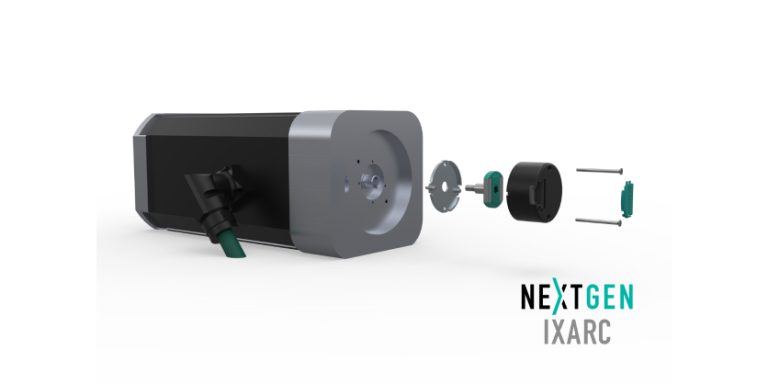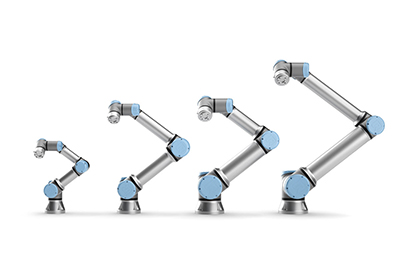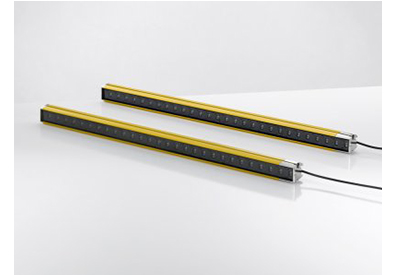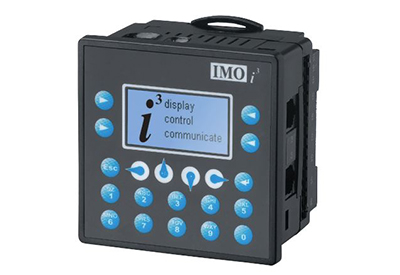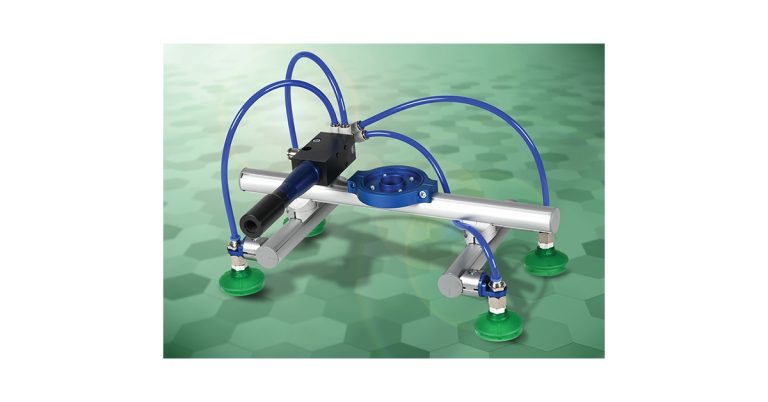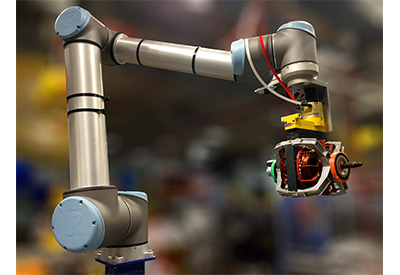SCHUNK: R-EMENDO – New Tool Relies on Electrics
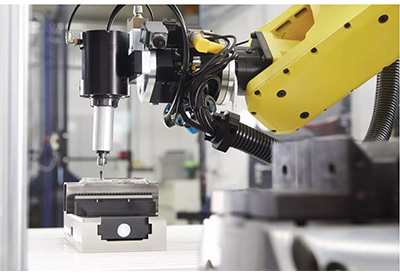
November 7, 2022
Robot-supported, many post-processing steps can be made more accurate, faster, and more efficient. The pneumatic tools from automation specialist SCHUNK are now joined by the RCE electric deburring spindle. The energy-efficient, adjustable tool is versatile and can handle a wide variety of workpieces.
Industrial surface treatment has developed enormously due to increasing requirements. Sharp edges, protrusions or fraying can now be effortlessly removed thanks to automated processes, even on complex workpieces. It is not only people who benefit from this, as unpleasant and stressful work steps are eliminated and the risk of injury is reduced. The results are even, clean edges and perfect surfaces.
Energy efficient and quiet
With the SCHUNK R-EMENDO tools, robots can take on other tasks in addition to parts handling. They can be connected as required via the automation specialist’s quick-change systems. The new RCE electric deburring spindle supplements the previous SCHUNK portfolio of pneumatic tools and offers even more flexibility. This energy-efficient tool works particularly quietly and, thanks to an adjustable speed of up to 50,000 rpm and an adjustable contact pressure, can handle a large variety of workpieces. Users can adjust these parameters individually and thus achieve optimal results in post-processing. The compensation mechanism also compensates for tolerances in the workpiece contour. In addition to deburring, this versatile tool can also be used for brushing, grinding and polishing tasks, which significantly expands the system’s range of tasks. Integrated process monitoring provides feedback on spindle load and speed. This ensures less waste and better product quality.
Robots can do both: loading and processing
There is great potential in robot-supported post-processing that has not yet been fully exploited. Companies that already use robots for loading and unloading can also use the same for post-processing. As a rule, they can be automatically linked directly to the machining process in the machine tool. While the machine continues to work, post-processing runs parallel at the same time. This reduces the throughput time and also the production costs of the workpieces with a comparatively low investment volume and a quick return on investment. With the right tools, nothing stands in the way of switching to an automated process. Anyone who would like to have their application validated by experienced engineers is in good hands at the SCHUNK application center CoLab.

